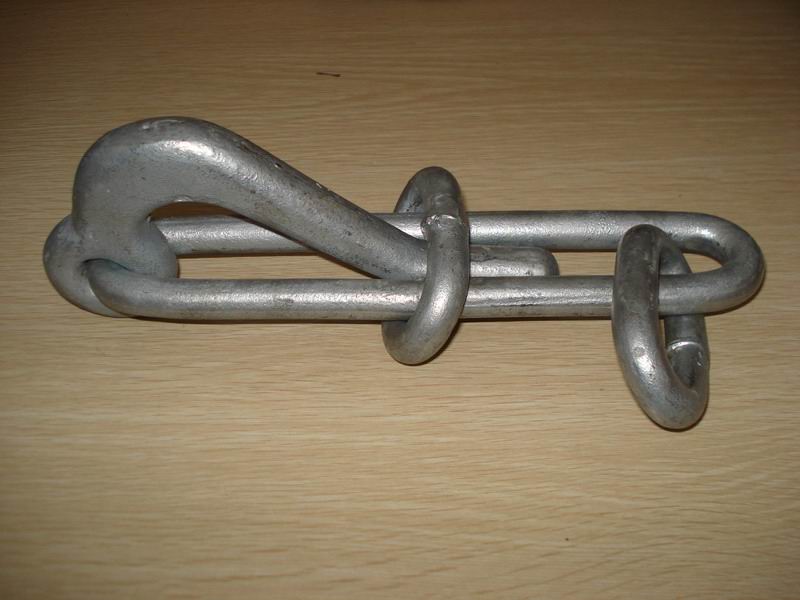I have an old pair of 36 inch or so bolt cutters that I do keep on board. They are on the flying bridge, so not handy to the windlass, but can be grabbed in 30 seconds or less.
For 5/16 chain it's a struggle, but will cut it quick enough.
But...with all the talk of not splicing chain....not sure I would ever cut my chain unless it jammed somehow. Not sure how likely that is, and if the windlass jammed, I can just pry my chain up off the windlass probably easier than anything.
The times I see this happening are like anchoring in general. Either I have all the time in thevworld, so to speak, or it is a right now, panic situation.
The panic time, let her run, and either the light poly line will snap from the conditions anyway, or I cut it. It is the thickness of pot warp but really crappy poly line so not much threat to anyone's boat, maybe their dingy. Plus me or someone else is going to go back for it pretty quick, as in as soon as the storm abated or first ligtht. So the time it is sitting isn't a huge threat to save navigation anyway, especially on the edge of some anchorage.
The calm times, I have the option of releasing it any way, and marking it any way I see fit at the time. Large orange bouy, no line or buy at all as I have a great location fixed, etc...etc...
So with the exception of needing bolt cutters to cut my own or someone else's padlock, I am not so sure I really need them onboard after all.



